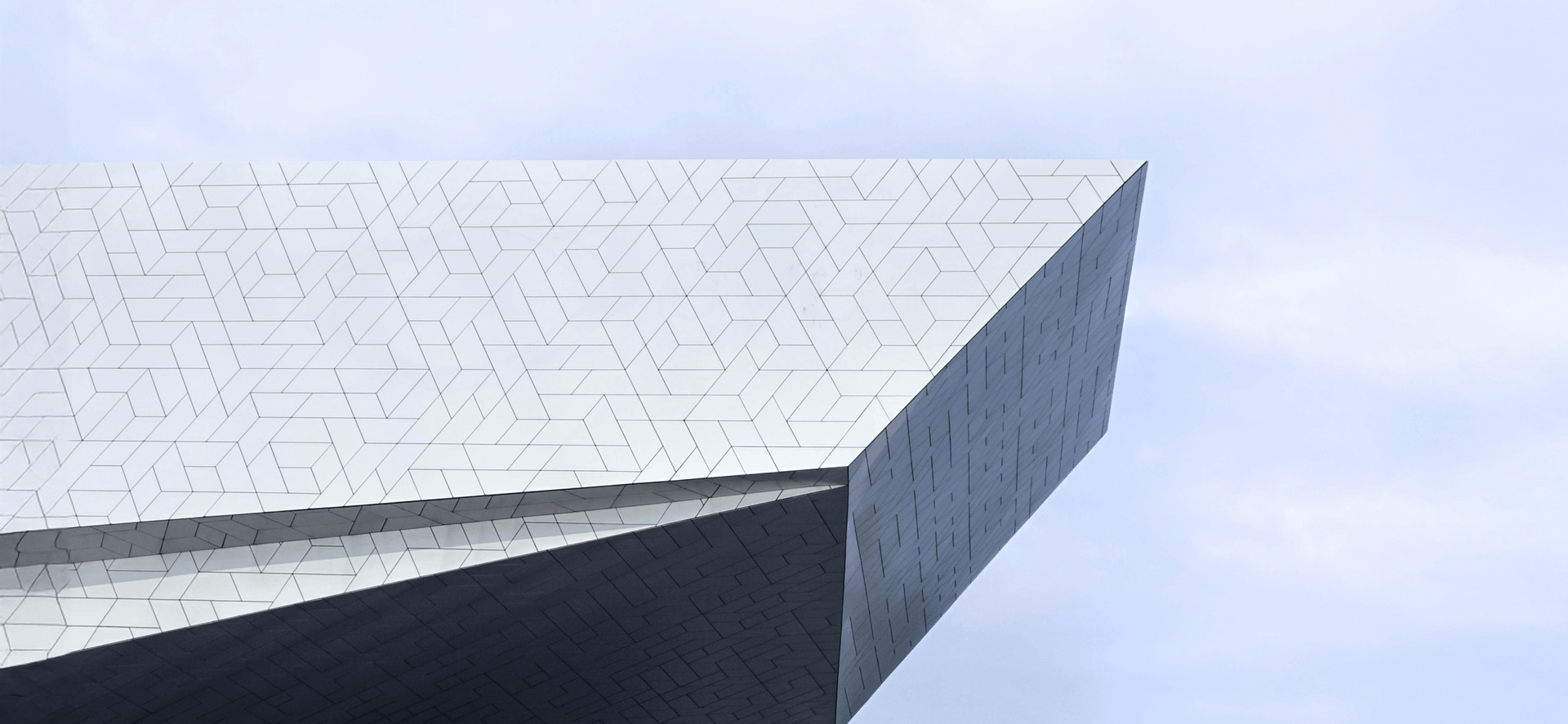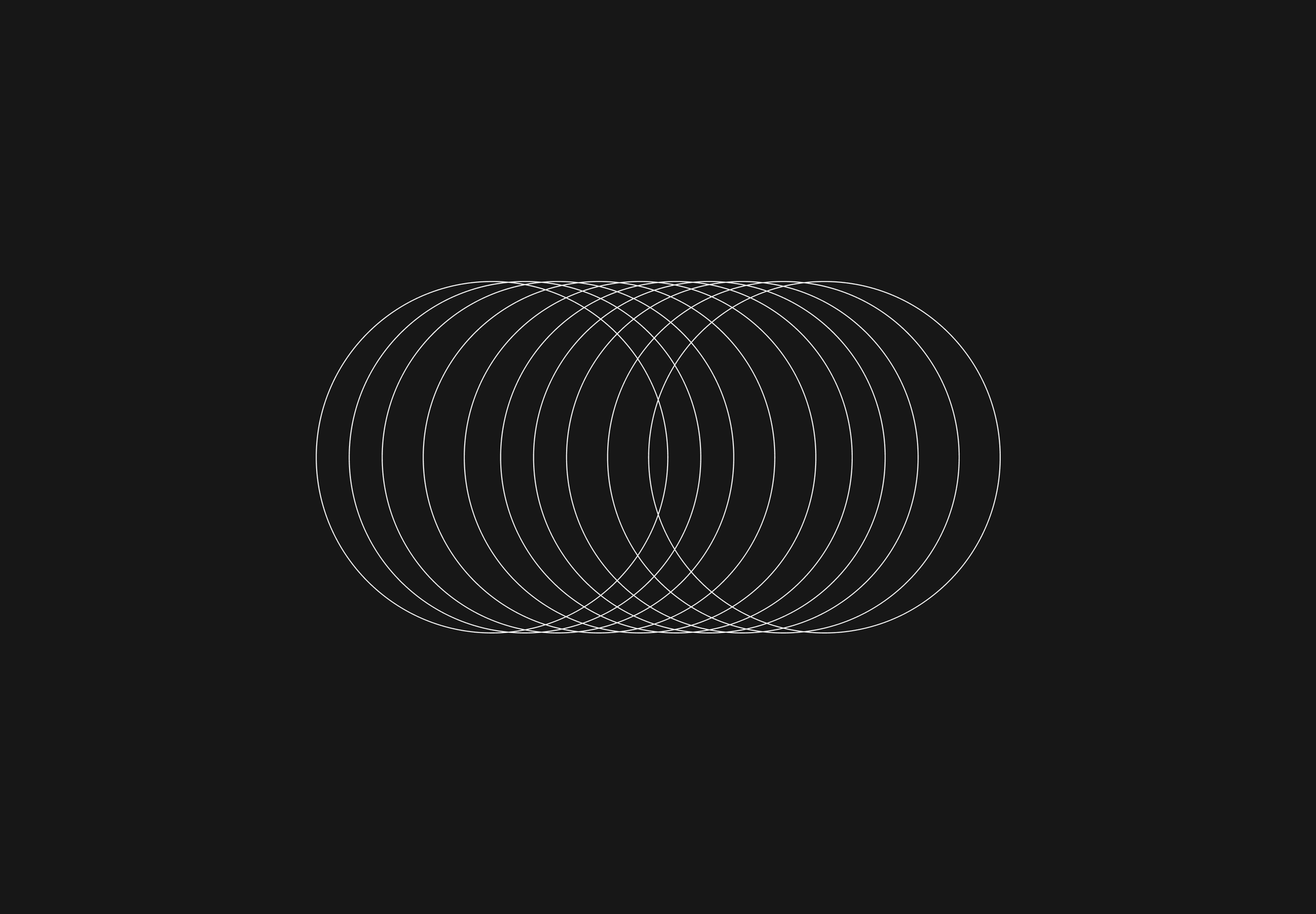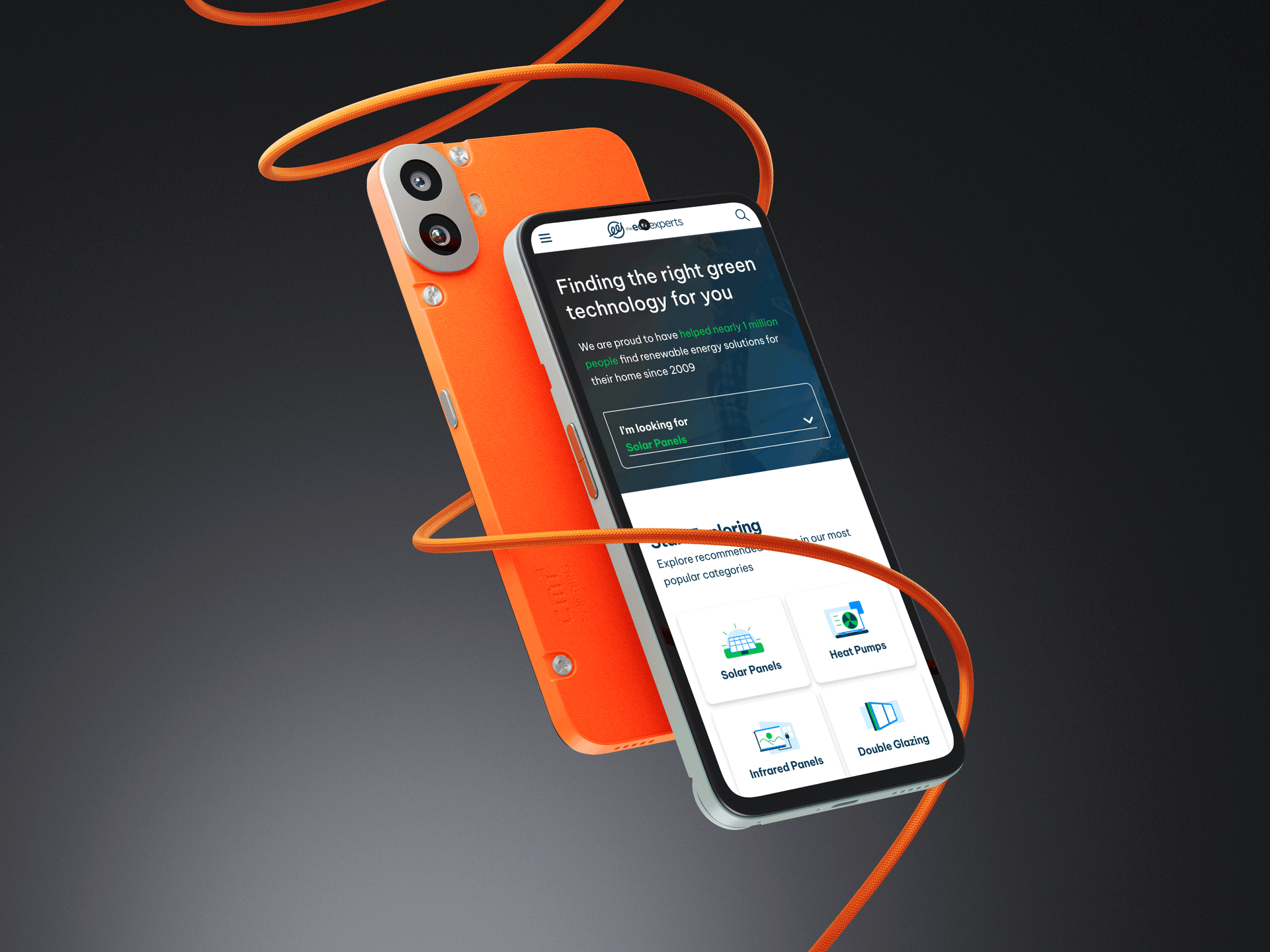Design for the user
User-centered Design (UCD) places the user's needs at the forefront of the design process. This approach involves understanding user needs, goals, and behaviors through research and analysis, and then using that information to create products that are usable, desirable, and effective. The UCD process is iterative and user-focused, with each stage informing and feeding back into the others. Let's explore the key steps involved:
Empathise
This initial stage focuses on understanding users. Researchers employ various techniques like surveys, interviews, and user observation to gather insights into user needs, behaviors, and pain points.
Define
Armed with user research data, the team defines the core problem or opportunity the design will address. This involves clearly defining the user needs and goals that the final product should fulfill.
Ideate
Building on the defined problem or opportunity, designers brainstorm and generate creative solutions. This stage often involves collaborative brainstorming sessions, sketching, and other ideation techniques.
Prototype
The ideation stage leads to the creation of prototypes, which can be low-fidelity sketches, wireframes, or high-fidelity mockups. These prototypes are used to test and validate design concepts.
Test
The final stage involves user testing, where real users interact with the prototypes and provide feedback. Usability testing, surveys, and other methods are used to gather feedback on the design's effectiveness and identify areas for improvement. This user feedback then informs further iterations and refinements of the design.








